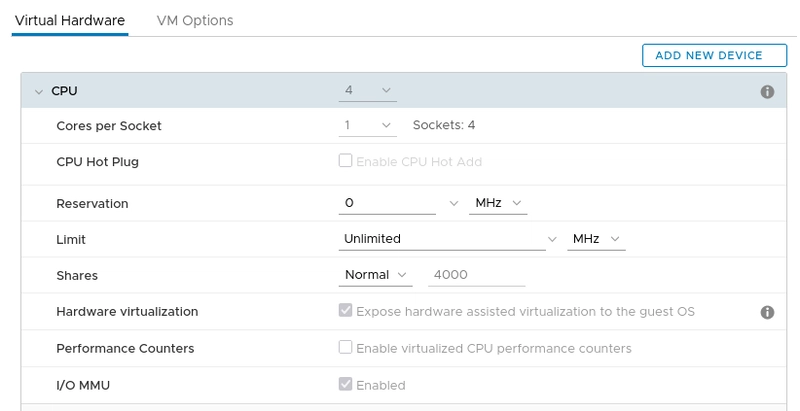Public and Private Clouds
Cloud computing is the concept of delivering computing resources over the internet by providers to users and organizations, so that they do not need to think about building a physical infrastructure. Before the invention of cloud computing, the companies had to allocate physical space to own data centers housing servers that were configured with high RAM, CPU, and storage to handle the demands of the organizations. This traditional approach of having on-premises servers is currently referred to as a private cloud. A limitation of this is that the computing resources could not be scaled up or down due to physical space and resource constraints, leading to inefficiencies for companies as they had to install more resources. To tackle this, companies like Amazon, Microsoft, and others came up with the solution of setting up massive data centers across different regions and allowing companies to rent servers as they required over the internet to host applications, test software, and store data, decreasing the incurring costs of these companies. This approach is referred to as public cloud. They are set up in different regions to lower the latency of data received by the servers and transmitted to the users. Another advantage is that, let's say the data center in a particular region experiences an outage, many users will be affected, which would result in chaos. To eliminate this, organizations usually deploy across multiple regions so that services can fail over to other regions. A disadvantage with public clouds is that the data stored in the cloud has a risk of being infiltrated. Although providers are now implementing different security measures, some organizations prefer to use a hybrid cloud model where they use a mix of public and private clouds. The combination allows them to store data on-premises and use other computing resources over the internet as per their convenience.

Cloud computing is the concept of delivering computing resources over the internet by providers to users and organizations, so that they do not need to think about building a physical infrastructure.
Before the invention of cloud computing, the companies had to allocate physical space to own data centers housing servers that were configured with high RAM, CPU, and storage to handle the demands of the organizations. This traditional approach of having on-premises servers is currently referred to as a private cloud. A limitation of this is that the computing resources could not be scaled up or down due to physical space and resource constraints, leading to inefficiencies for companies as they had to install more resources.
To tackle this, companies like Amazon, Microsoft, and others came up with the solution of setting up massive data centers across different regions and allowing companies to rent servers as they required over the internet to host applications, test software, and store data, decreasing the incurring costs of these companies. This approach is referred to as public cloud.
They are set up in different regions to lower the latency of data received by the servers and transmitted to the users. Another advantage is that, let's say the data center in a particular region experiences an outage, many users will be affected, which would result in chaos. To eliminate this, organizations usually deploy across multiple regions so that services can fail over to other regions. A disadvantage with public clouds is that the data stored in the cloud has a risk of being infiltrated.
Although providers are now implementing different security measures, some organizations prefer to use a hybrid cloud model where they use a mix of public and private clouds. The combination allows them to store data on-premises and use other computing resources over the internet as per their convenience.









































































































































































![[The AI Show Episode 142]: ChatGPT’s New Image Generator, Studio Ghibli Craze and Backlash, Gemini 2.5, OpenAI Academy, 4o Updates, Vibe Marketing & xAI Acquires X](https://www.marketingaiinstitute.com/hubfs/ep%20142%20cover.png)



























































































































![[DEALS] The Premium Learn to Code Certification Bundle (97% off) & Other Deals Up To 98% Off – Offers End Soon!](https://www.javacodegeeks.com/wp-content/uploads/2012/12/jcg-logo.jpg)


![From drop-out to software architect with Jason Lengstorf [Podcast #167]](https://cdn.hashnode.com/res/hashnode/image/upload/v1743796461357/f3d19cd7-e6f5-4d7c-8bfc-eb974bc8da68.png?#)






































































































.png?#)




.jpg?#)
































_Christophe_Coat_Alamy.jpg?#)
 (1).webp?#)









































































































![Rapidus in Talks With Apple as It Accelerates Toward 2nm Chip Production [Report]](https://www.iclarified.com/images/news/96937/96937/96937-640.jpg)






































































































































